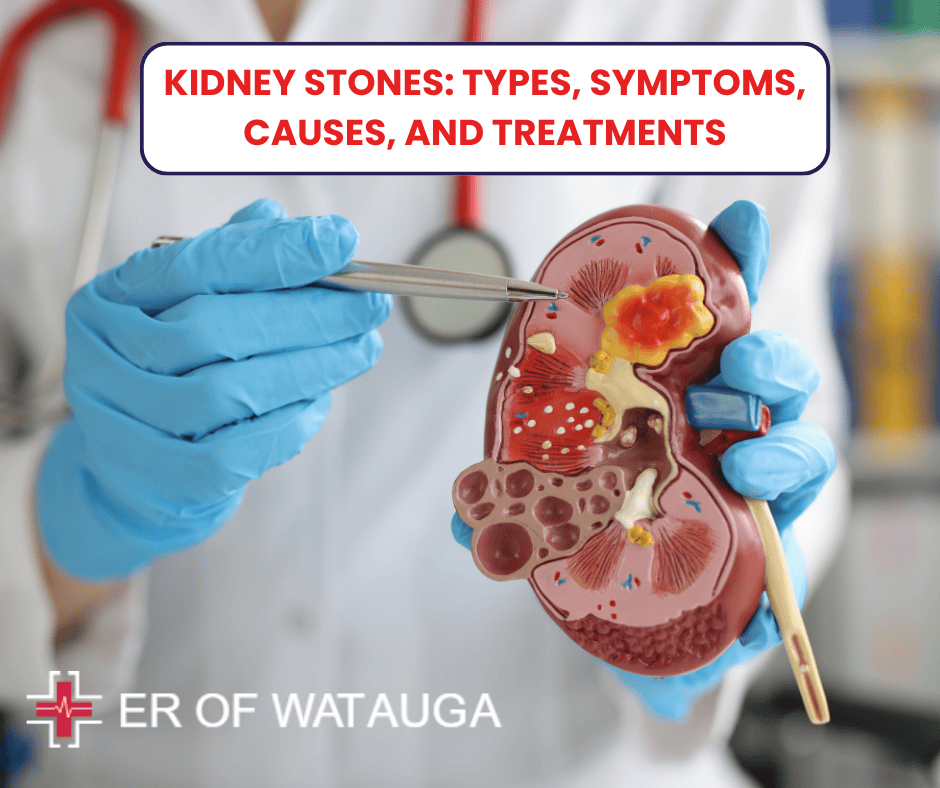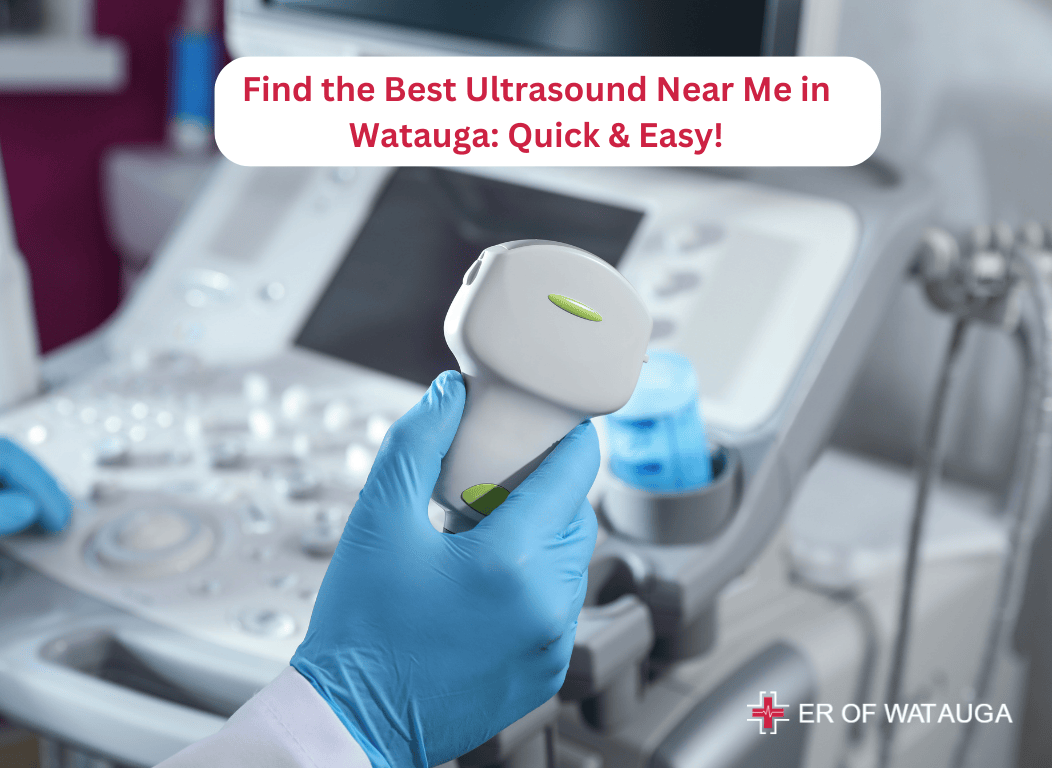Are you curious to know how the Mono Test helps diagnose mononucleosis? You have landed on the right page. Infectious mononucleosis, sometimes known as mono, is an illness caused mostly by Epstein-Barr virus infection. The viruses that cause mono are easily transmitted through bodily fluids, particularly saliva. Transmission by blood and semen during sexual intercourse, blood transfusions, and organ transplants is also possible, though less common.
Mono Test, also known as heterophile antibody testing, is one of several tests that can be used to confirm an infectious mononucleosis diagnosis. Mono Test uses a blood sample to screen for specific chemicals produced in the body during infection. Mono test results are often available within one hour. In this blog, we will help you know the basics of Mono Test, how it works, and how authentic it is.
What is the Mono Test?
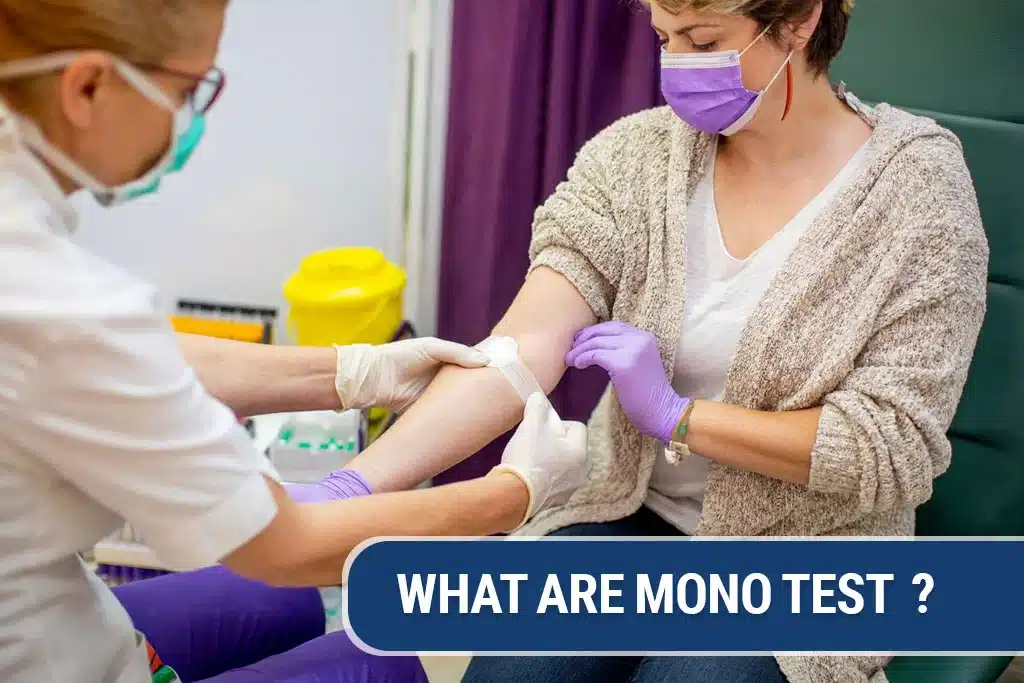
Mono Test is a blood test used to detect antibodies that suggest mononucleosis (mono), typically caused by the Epstein-Barr virus. The immune system produces antibodies to fight infections. Mono Test includes:
Rapid mono test
This test detects a type of antibody produced during specific illnesses. Rapid mono testing may usually discover antibodies around a week after a person becomes infected.
EBV antibody tests
This can identify several sorts of antibodies and assist in determining whether you were infected recently or previously.
Purpose of the Mono Test
The Mono Test detects heterophile antibodies in blood, confirming the diagnosis of infectious mononucleosis.
Infectious mononucleosis is a virally transmitted disease. EBV is the most prevalent cause of infectious mononucleosis, however, other viruses can also cause the condition. EBV, or human herpesvirus 4, is a herpes virus. Mono is most prevalent among adolescents and young adults. Approximately 25% of patients infected with EBV develop infectious mononucleosis.
Mono can be diagnosed based on symptoms, thus laboratory testing is not necessarily required to detect this ailment. However, many specialists advise performing laboratory tests to confirm a diagnosis of mono. Mono Test, Epstein-Barr virus (EBV) antibody tests, and a complete blood count are examples of laboratory tests used to diagnose infectious mononucleosis.
What does the test measure?
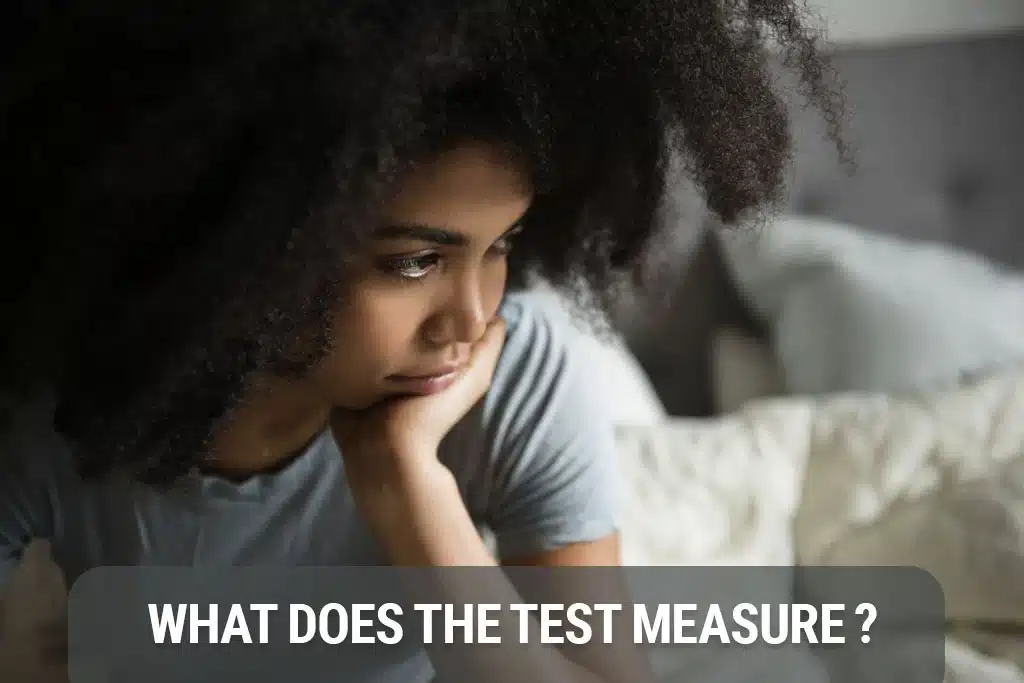
To assess whether a patient has infectious mononucleosis, a Mono Test is used to screen for specific antibodies. Antibodies are chemicals generated by the immune system in response to an infection.
A blood sample from people suspected of having mono is tested for two antibodies produced during or after an EBV infection, known as heterophile antibodies. Heterophile antibodies are present in 40 to 60% of mono patients in the first week after infection, and 80 to 90% by the third or fourth week. These antibodies are normally detectable for three months, but they can persist for up to a year following infection.
When should I get a mono test?
A Mono Test may be conducted if a healthcare practitioner suspects a patient has infectious mononucleosis. Some of the most prevalent indications and symptoms of this condition are:
- Extreme fatigue
- Fever
- Sore throat
- Swollen lymph nodes in the neck and armpits
- Head and body aches
- An enlarged liver, spleen, or both
- Rash
How to test for mono
A healthcare expert orders a blood sample for a Mono Test, which is then collected in a doctor’s office, hospital, laboratory, or other medical environments.
Where can I get a mono test?
A healthcare provider might ask that a blood sample be collected for a Mono Test, which can take place in a laboratory, hospital, doctor’s office, or other medical facility.
How do you test for mono at home?
A variety of at-home test kits are available for suspected infectious mononucleosis. Kits are available online and include all the materials needed to collect a blood sample via finger prick. Test kits are generally divided into two categories:
Self-testing kits allow users to sample a drop of blood and apply it to a test strip. An indication window on the testing device will then display the test results, which are normally available within 3-5 minutes.
Self-collection kits need you to obtain a blood sample and mail it to the testing firm for laboratory processing. The test findings are then reported via a secure internet portal, usually within a few days.
How much does the mono test cost?
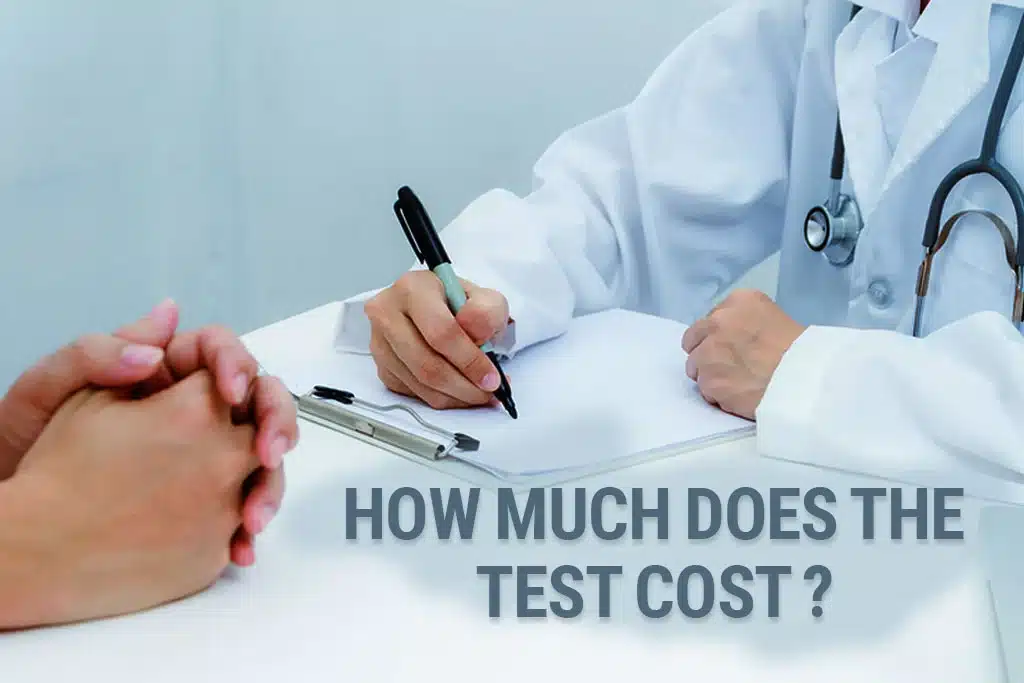
The cost of a Mono Test is determined by several criteria, including a patient’s health insurance coverage, the location of the test, and any further testing performed concurrently. Total costs may include those for collecting and analyzing the test sample, as well as fees for an office visit.
Mono Test may be reimbursed by medical insurance. For further information on out-of-pocket charges, such as copays or deductibles, contact us for a health insurance provider or the hospital or laboratory where the test is performed.
Patients without health insurance, or whose insurance does not cover the cost of a Mono Test, can speak with a doctor or hospital administration about the out-of-pocket cost of a Mono Test.
Taking a Mono Test
To do a Mono Test, your doctor will prick your finger or insert a small needle into a vein in your arm to draw blood. A little sample of blood is then deposited on a slide, test strip, or other testing instrument.
How long does a mono test take?
While response timings vary depending on the type of test conducted, the Mono Test often produces findings within 5 to 10 minutes, while other tests can take up to an hour. Your doctor may ask you to wait in the examination room for the results, or they may call you later to discuss the test results.
Before the test
Regardless of how a blood sample is obtained, no specific preparations are required for a Mono Test. Check with your doctor for any pre-test instructions.
During the test
During the Mono Test, a health expert will prick the finger or draw blood from a vein on the inside of the elbow or the back of the hand.
There are various steps involved in collecting blood via finger prick. First, the area is cleaned with alcohol or another disinfectant. The skin of the middle or ring finger is then punctured with a sharp needle from a medical equipment known as a lancet.
The first drop of blood is wiped away, then the finger can be gently pinched to bring blood to the surface. Blood can be collected in a small glass tube known as a pipette or deposited on a slide, test strip, or other testing instrument.
A blood draw usually begins with an elastic band being tied around the upper arm. This will cause the veins beneath the band to expand with blood. The area where the needle will be put is then cleansed using an antiseptic swab.
After cleaning the spot, a tiny needle is placed into the vein and blood is drawn into a vial or tube. When enough blood has been taken, remove the needle and loosen the elastic band.
These examinations normally last 5 to 10 minutes. You may experience moderate pain when the needle or lancet is inserted during the test. Some patients experience simply a pinch, prick, or stinging sensation. Some folks may also experience dizziness or fainting. There may be some throbbing at the spot following the examination.
After the test

After a finger prick or blood draw, apply pressure to the location to halt any bleeding. In rare circumstances, a bandage can be put to the puncture site.
There is little risk in having either type of blood drawn. You may have swelling, pain, inflammation, bruising, or prolonged bleeding at the injection site. However, most symptoms subside rapidly. Infection is a rare side effect. If you see any signs of infection or other long-term problems, contact your doctor.
Consult your doctor if you have any questions about the potential adverse effects of the Mono Test, particularly whether there are any restrictions on work or other activities after the test is done.
Mono Test Results
Your doctor may ask you to wait in the exam room for the results, or they may contact you later to discuss the test results.
Interpreting test results
The results of a Mono Test in patients with symptoms compatible with infectious mononucleosis reveal if heterophile antibodies exist. A Mono Test produces one of two results: affirmative or negative.
A positive test shows the presence of heterophile antibodies. This finding, combined with the patient’s symptoms, is used to diagnose infectious mononucleosis.
A negative test may mean that a patient may not have infectious mononucleosis. However, mono testing is not always accurate, and in some cases, patients may require additional testing to rule out mono as the origin of their symptoms.
Are test results accurate?
While the Mono Test is generally effective at detecting the presence of heterophile antibodies, it can result in somewhat high rates of false-negative testing under certain conditions. A false-negative result occurs when a test is negative despite the patient having infectious mononucleosis.
Patients may have a false-negative result if the test was performed too soon, often one to two weeks after the disease began. A Mono Test can also produce false-negative findings in newborns and children under the age of four.
Though uncommon, there is evidence that the Mono Test may mistakenly suggest the presence of infectious mononucleosis in patients with other disorders, including:
- Leukemia
- Lymphoma
- Pancreatic cancer
- Lupus HIV infection
- Rubella is a kind of measles and Herpes simplex virus
Epstein-Barr virus antibody tests are often preferred in patients with these symptoms for diagnosing infectious mononucleosis.
Do I need follow-up tests?
Additional testing is usually unnecessary in patients who have symptoms compatible with infectious mononucleosis and a positive Mono Test.
If a Mono Test is negative and a false-negative result is possible owing to testing too soon after infection, your doctor may repeat the Mono Test at a later date. Additional tests, such as an Epstein-Barr virus antibody test, may also be used.
Questions to ask your Doctor for Mono
Patients may find it beneficial to inquire about their Mono Test results. Questions for a patient’s doctor could include:
- What is my test result?
- What is my likelihood of receiving false-negative results?
- Will I need extra tests to determine if I have infectious mononucleosis?
- Could a positive test result be associated with another disease or condition?
Conclusion
The Mono Test helps diagnose a mononucleosis infection. Mono normally resolves on its own after a few weeks. Fatigue may continue a little longer. Healthcare experts advise youngsters to avoid sports for at least a month after symptoms have subsided. This helps to protect the spleen, which is more vulnerable to harm during and immediately following an active mono-infection. If you have any questions about your Mono Test results or treatment, speak with us. If you see anything unusual based on the symptoms listed above, you should schedule an urgent checkup. ER of Watauga offers a speedy Mono Test in Fort Worth and nearby areas, 24 hours a day, seven days a week for improved health.
FAQs
What is mononucleosis and what is the significance of a mono test?
As the prevalent abbreviation “Mono,” mononucleosis is a viral infection. By confirming the presence of the Epstein-Barr virus, which is the principal etiological agent of mono, the mono test plays a critical role in facilitating precise diagnosis and suitable treatment.
Does the mono test involve a blood draw and how is it performed?
Generally speaking, the Mono Test involves a blood draw. Particular antibodies or the Epstein-Barr virus itself are detected. The presence of these markers in a small blood sample assists medical professionals in the diagnosis of mononucleosis.
What symptoms are typical of mononucleosis?
Fever, fatigue, sore pharynx, and swollen glands are all symptoms of mono. The disease is frequently called the “kissing disease” since it is transmitted via mucus. Those who are encountering these symptoms ought to seek the evaluation of a healthcare professional.
Is recurrence of mononucleosis possible, and does a vaccine exist?
Although uncommon, mono can occur more than once. At present, a mononucleosis-specific vaccine does not exist. However, the risk of transmission can be reduced by avoiding close contact with individuals exhibiting symptoms and practicing excellent hygiene.
What is the duration of recovery from mononucleosis?
Recovery time is individual, but the majority of individuals feel improved within a few weeks. During recovery, adequate rest, hydration, and symptom management are vital. Following the advice of a healthcare provider is recommended for a complete and healthy recovery.





